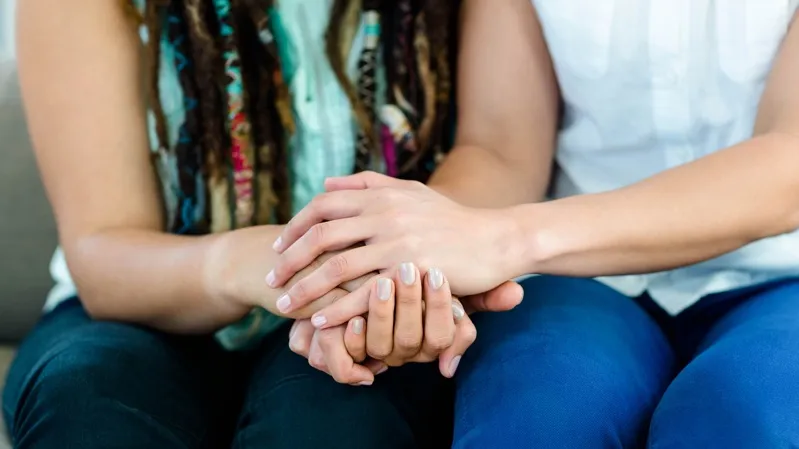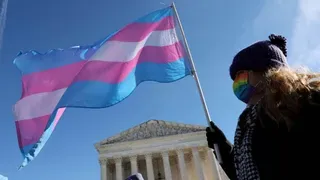October 31, 2013
Gay and Latin
Kilian Melloy READ TIME: 2 MIN.
Julio Suarez* (Name changed) is 24-years old. He lives on South Beach and has a Master's Degree in Journalism. Like many young men who live in Miami-Dade County, Suarez is Latino. He's also gay and not out to his parents.
An estimated 1.4 million Latino/a adults identify as LGBT in the U.S., according to a new study by UCLA Williams Institute. This report sheds new light on this demographic and its unique characteristics that set it apart from others in the LGBT community. The recently released study coincides with Hispanic Heritage month (Sept. 15 to Oct. 15).
According to the data, Suarez is part of a trend among Latinos. They tend to live in areas where there are higher proportions of Latinos, but not necessarily a high concentration of other LGBT people. For example, a third of Latino/a same-sex couples live in New Mexico, California, and Texas. Miami-Dade County ranks sixth among U.S. counties with a Latino/a head of household.
"While sometimes less visible in popular representations of LGBT people and families, Latinos make up a sizable portion of the LGBT population, and they tend to live in Latino, as opposed to LGBT, communities," said Williams Scholar Gary Gates.
Suarez agrees. "I live in South Beach, but I am always in Little Havana, because that's where I find Mexican and Cuban food," he said.
But, having a graduate degree shows Mexican-American Suarez bucks other trends. The Williams report shows rates of education vary depending on individual ancestry. Individuals of Spanish or Cuban ancestry report higher levels of educational attainment, while Mexican, Salvadoran, and Puerto Rican individuals report lower rates of college completion.
The report also found that in 63 percent of same-sex couples with a Latino/a partner, the other partner is not Latino/a. This is the case for only 32 percent of heterosexual couples. That comes as no surprise to Suarez, who usually dates non-Latino white men.
"In the Latino community, there are such a wide variety of different ethnicities. I am Mexican, which is very different than being Cuban or Puerto Rican. I relate more to some White people because of my American upbringing," said Suarez.
Same-sex couples with only one Latino/a partner report a higher median household income compared to different-sex couples with one Latino/a partner ($85,000 vs. $75,000). This pattern is also true for same-sex couples with two Latino/a partners, however the reported median household incomes are lower overall ($55,000 vs. $46,300).
The Williams report also states 29 percent of Latino/a same-sex couples are raising children. Suarez says that's right in line with the value system he grew up with. "There is a strong sense of family in the Latino community. That sense of family will never go away. For me, the saddest part now, is that I recently went to a church wedding and I thought I can never have that. But I know that one day I will be able to have a legally recognized relationship and a family and that makes me optimistic," he said.
*Julio Suarez wanted his real identity kept hidden because he's not out to his parents.
Kilian Melloy serves as EDGE Media Network's Associate Arts Editor and Staff Contributor. His professional memberships include the National Lesbian & Gay Journalists Association, the Boston Online Film Critics Association, The Gay and Lesbian Entertainment Critics Association, and the Boston Theater Critics Association's Elliot Norton Awards Committee.





